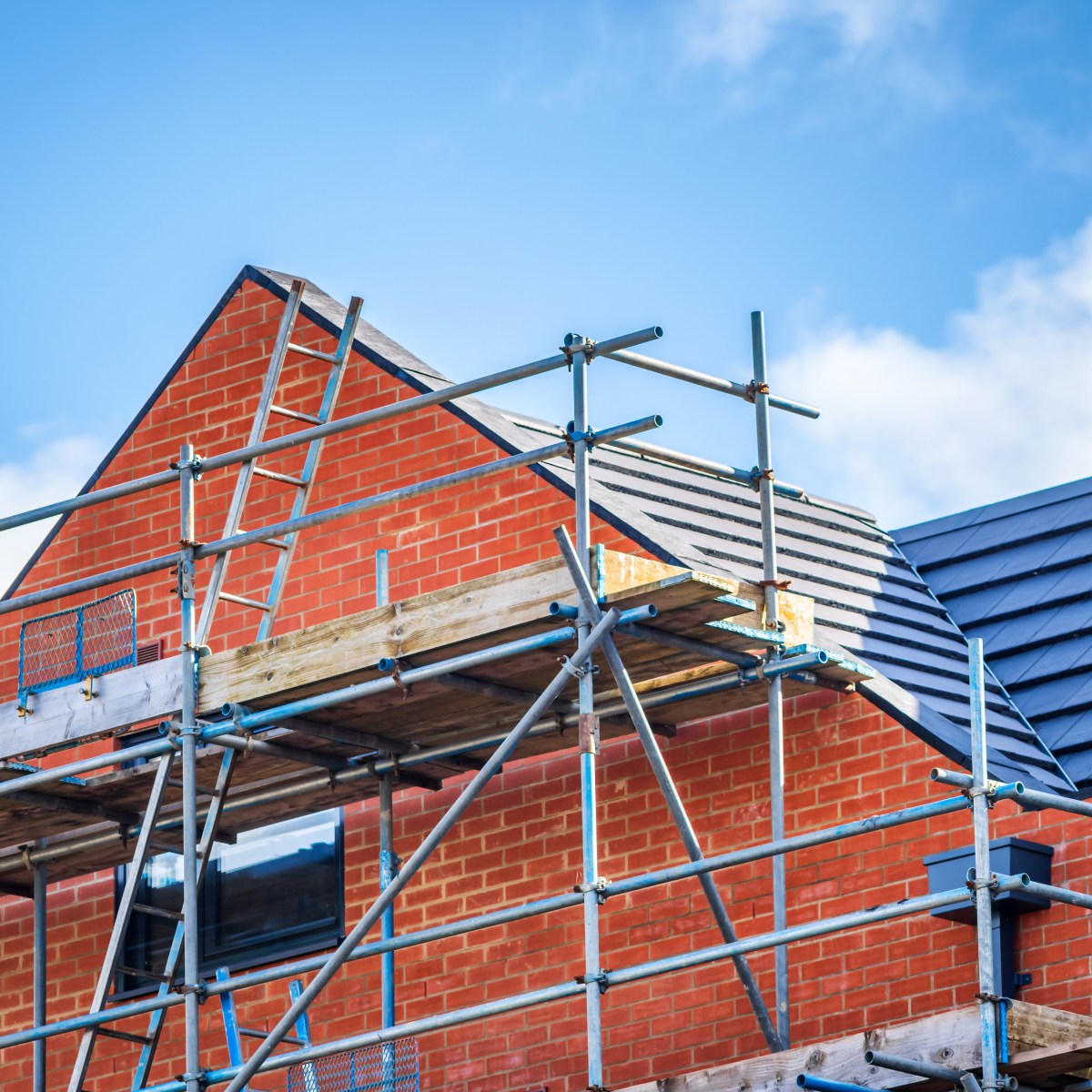This post is by Becky Pullinger, head of land use planning at The Wildlife Trusts.
The government has pledged to build 1.5 million new homes in England over the next five years. It has also committed to protecting 30 per cent of land for nature by 2030 (the ‘30×30’ commitment) and has a legal requirement to halt the loss of biodiversity by 2030.
This month, at The Wildlife Trusts, we unveiled a new report that calls on policy makers and developers to put nature first in their plans to help meet the government’s targets on housebuilding and support nature recovery. Swift and wild: how to build houses and restore nature together highlights the importance of a strategic, joined-up approach to development that complements nature recovery and balances the competing demands on land.
Imagine waking up warm to a chorus of birds singing outside your bedroom window? You turn on the light – powered by solar energy from your roof – and step outside to breathe fresh, clean air. The swifts that made their home in the special brick provided on the side of your house chirp good morning, as you fill a can of harvested rainwater to for your fruit trees and window boxes. There are mini wildflower meadows connecting the gardens in the street and the whole neighbourhood is alive with butterflies and bees.
Nature is essential for wellbeing With almost one in six species in the UK threatened with extinction, this dream may seem a long way off. But that doesn’t mean it can’t become real. Achieving these ambitions isn’t just about helping wildlife, nature is essential for people too. Creating wetlands can help to reduce flood risk, trees offer shade on hot days and the resources provided by a healthy natural environment underpin our economy.
Small scale interventions can add up. It will be important for nature to be weaved into the design of new homes. Properly insulating homes to improve energy efficiency, incorporating special bricks for nesting birds and bats, and integrating ponds, wetlands and green spaces should not be considered ‘nice to have’, but indispensable to every new development. And these can be achieved through improvements to the Future Homes Standard, building regulations and the National Planning Policy Framework.
Ahead of the global conferences on both nature and climate (COP16 and COP29) later this month and in November, we urge policy makers to raise their ambitions on UK nature recovery, particularly to include creating rich, abundant wild habitat in urban areas.
Planning can help The Land Use Framework for England and revisions to the National Planning Policy Framework – plus local and neighbourhood plans – will shape how communities look and feel for decades to come. Done properly, these plans could also sow the seeds of nature recovery, helping to achieve the net zero carbon goal and creating happier, healthier places for people to live. Integrating nature from the start of the planning process can also avert last minute delays by helping developers avoid harm wildlife in the first place and ensuring developers have all the information they need to inform their proposals upfront.
Strategic planning – at the national, regional and local levels – is crucial for new developments to contribute to nature recovery. It can help to deliver against the new, ambitious Local Nature Recovery Strategies. Early strategic interventions for nature can also prevent housebuilding stalling when pollution levels in legally protected habitats get too high; for example, pooling financial contributions from housing developments means that larger projects in strategic locations can be funded, reducing pollution in a cost-effective way.
The first step to recovering nature alongside new housing is to ensure the key wildlife sites are protected, including legally protected sites, designated Local Wildlife Sites and irreplaceable habitats, such as ancient woodland and peatlands.
‘Wildbelts’ are needed Unfortunately, protecting existing wildlife won’t be enough to put nature into a state of recovery as the UK has suffered so much devastating decline. So, we propose land being recovered for nature is safeguarded through a new designation known as ‘wildbelt’. This would complement the existing network of international, national and local wildlife protections and would help to inform and inspire local people to take more action for nature in their communities.
If done well, mandatory biodiversity net gain (BNG) can also play a part in ensuring wildlife is restored and thrives alongside development. We think small changes are needed to make sure it does, including empowering local planning authorities to go above the ten per cent minimum BNG required, tightening loopholes and expanding it to include major infrastructure developments.
Creating more space for nature or improving energy efficiency must not be pushed down the priority list in the push to build homes swiftly. These new developments also need to be built in a way that helps the UK’s struggling wildlife. Doing so will ensure the government’s housebuilding plans support the nation’s efforts to address the nature and climate crises and improve the health and wellbeing of communities.
Discover more from Inside track
Subscribe to get the latest posts sent to your email.
